mie prefecture
Mie Prefecture: Japan’s Bridge Between the East and West

Tokyo Terry
Posted on October 31, 2024
Share:
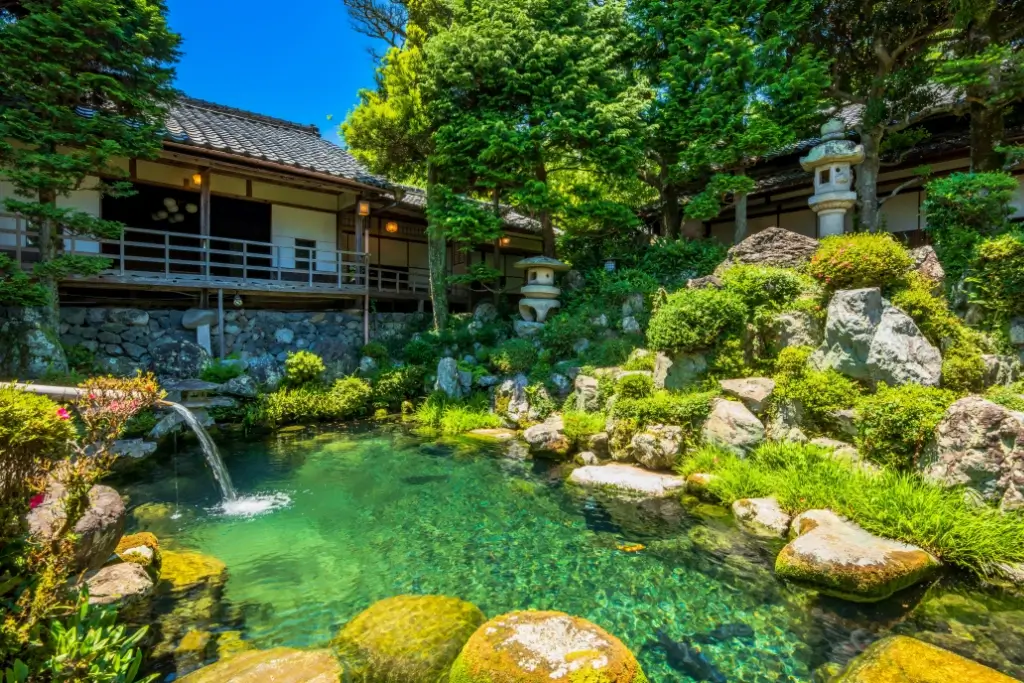
In Japan, Mie Prefecture has historically served as a unique cultural crossroads. During the Edo period, several distinct domains were accessible through an intricate transportation network. These roads were well-traveled for both commerce and spiritual journeys. Some ancient roads, such as the Tokaido, still refer to modern-day travel routes. Many port towns established in the area hundreds of years ago, such as Kuwana, still exist today.
Mie has long been known as a region that bridged eastern and western Japan. The prefecture still fulfills this role by providing many experiences, including pilgrimage routes, ancient architecture, and its natural beauty. The prefecture is famous for its sacred sites, artisanal craftsmanship, and iconic dishes like Matsusaka beef and Ise Ebi (spiny lobster). From coastal towns to mountain trails, Mie Prefecture’s significance lies in its geography and role as a living repository of Japanese history, spirituality, and culture.
Ise Jingu
Ise Jingu, located in the city of Ise, is Japan’s most sacred Shinto shrine. It is dedicated to Amaterasu, the sun goddess, who annually attracts millions of pilgrims and visitors. This complex consists of 125 shrines. The Inner Shrine, Naiku, serves as the residence of the goddess Amaterasu. Craftsmen constructed it magnificently from solid cypress, using traditional Japanese joining techniques without any nails.
The Outer Shrine, Geku, is about six kilometers away and is dedicated to Toyouke-Omikami, the agricultural deity. A notable aspect of this site is the Shikinen Sengu ceremony, where the shrines undergo reconstruction every 20 years to symbolize renewal.
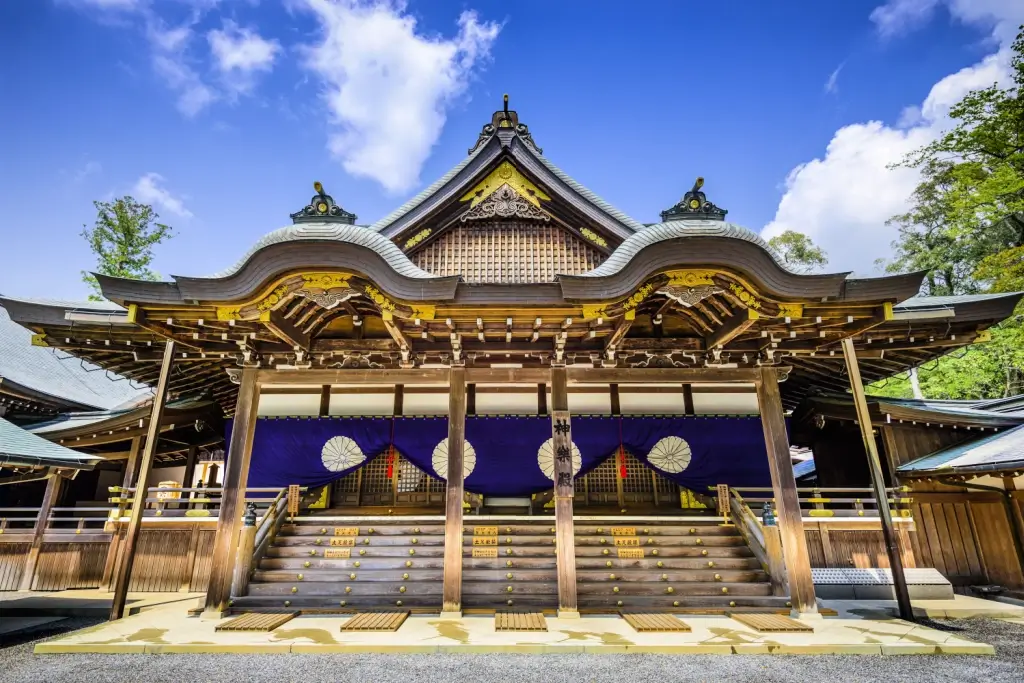
Ise Jingu is central to the Kumano Kodo Pilgrimage Route, a UNESCO World Heritage Site. Visitors can easily reach the shrine from Ise-shi Station, with a 10-minute bus ride bringing them directly to its gates. Entry to the shrine is free, but donations for rituals are encouraged. It should also be noted that movement within the area is restricted, so please follow the rules.
One accessible forested pathway, dating from 200 years to the Meiji Period, invites exploration. Many recognize Ise Jingu’s significance as a holy site. During the Edo Period, about ten percent of Japan’s citizens made pilgrimages to this sacred location, and this trend continues today. Travelers can explore the nearby Oharai-machi and Okage Yokocho, where nostalgic streets with traditional shops and eateries showcasing Ise’s local culture and flavors.
Are you looking for great snacks from places like Mie Prefecture? Sakuraco delivers traditional Japanese snacks, teas, and sweets from local Japanese makers directly to your door so you can enjoy the latest treats directly from Japan!
Moku Moku Farm
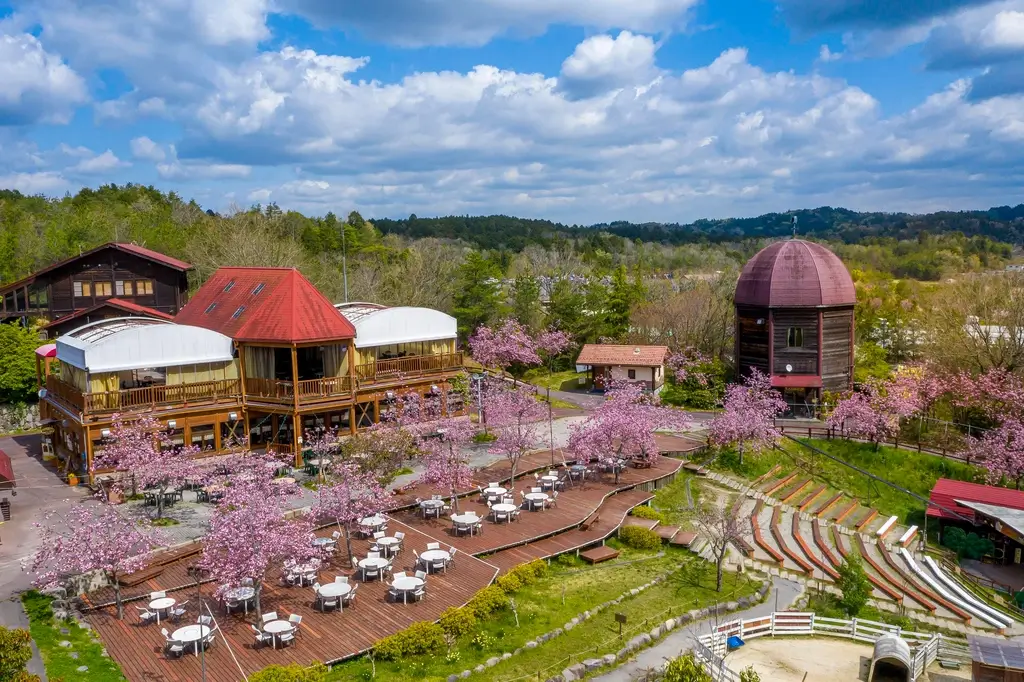
Moku Moku Farm is an interactive, family-friendly experience that promotes sustainable farming practices. Located in Iga, the farm offers workshops where visitors can learn about dairy farming, cheese-making, and organic agriculture. This hands-on approach attracts families and eco-conscious travelers alike. The farm is a 20-minute cab ride from Iga-Ueno Station, with entry fees under 1000 yen. Moku Moku is not far from Iga Ueno Castle and the Iga-Ryu Ninja Museum, making a day trip complete with history and nature in the area entirely possible.
Rokkaen
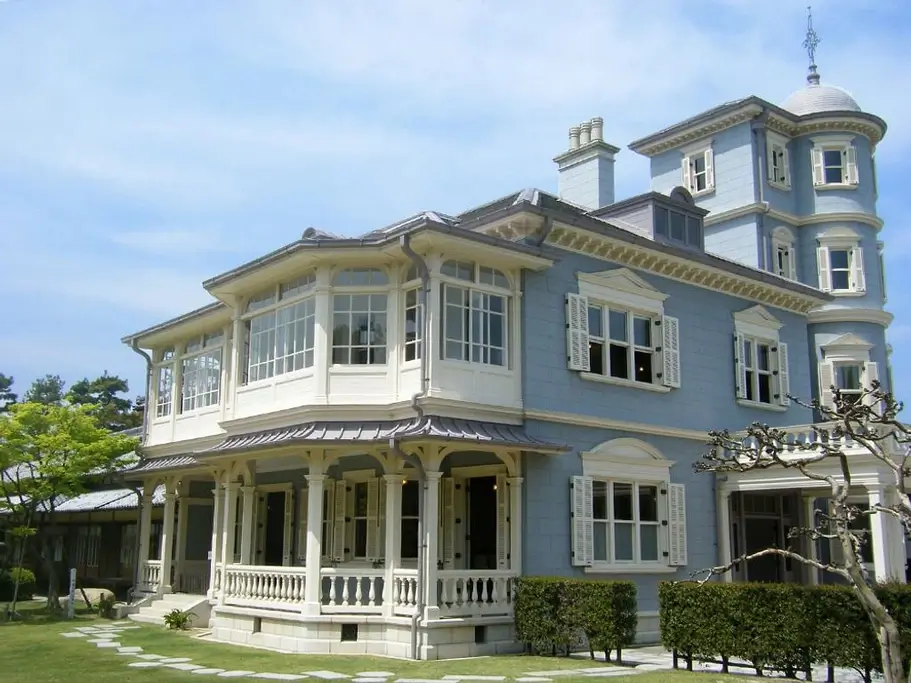
Rokkaen, located in Kuwana, is a prime example of early 20th-century Japanese architecture influenced by the West. Designed by architect Josiah Conder, it merges Japanese and Western design elements. Visitors can explore its tatami rooms and tea ceremony spaces while admiring the European-style exterior. This site is accessible on foot from Kuwana Station on the JR Kansai Main Line. The entry fee is cheap, and other exciting sites are just a few kilometers away. Nearby Nabana no Sato, for example, is famous for its spectacular seasonal illuminations and expansive gardens.
Toba Sea-Folk Museum
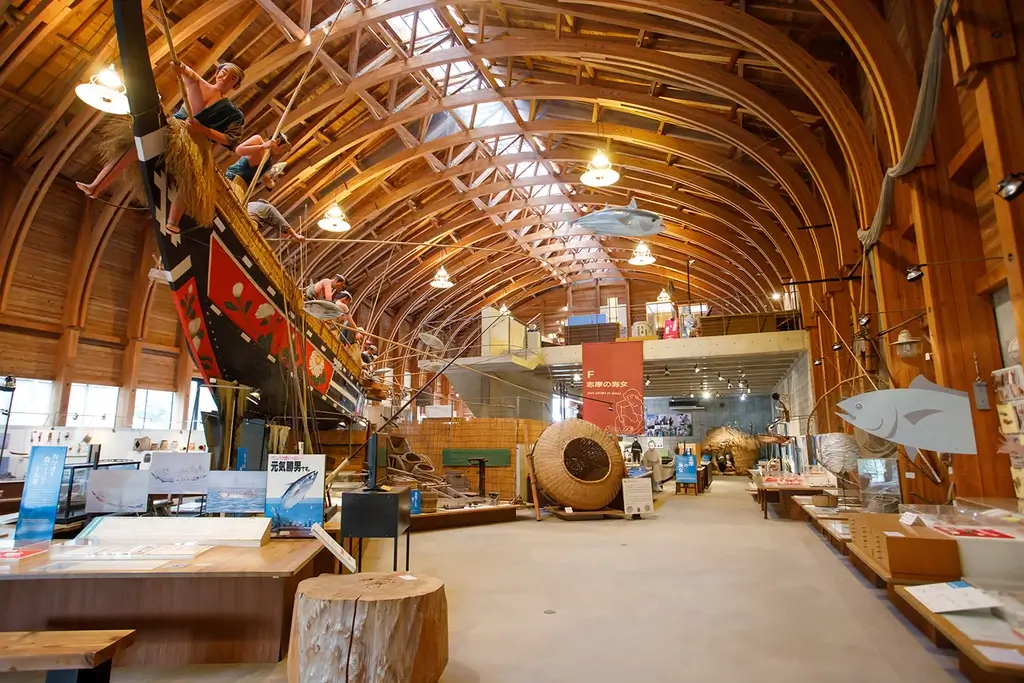
Located in Toba, the Sea-Folk Museum tells the story of Japan’s coastal communities, particularly the Ama divers, who have fished sustainably for centuries. The exhibit features tools these divers use and explores their unique techniques for harvesting shellfish and seaweed without modern diving equipment. This museum is a 20-minute bus ride from Toba Station. For those also interested in Japan’s pearl industry, the nearby Mikimoto Pearl Island offers a glimpse into how cultured pearls have been produced and celebrated for generations.
Iga-Ryu Ninja Museum
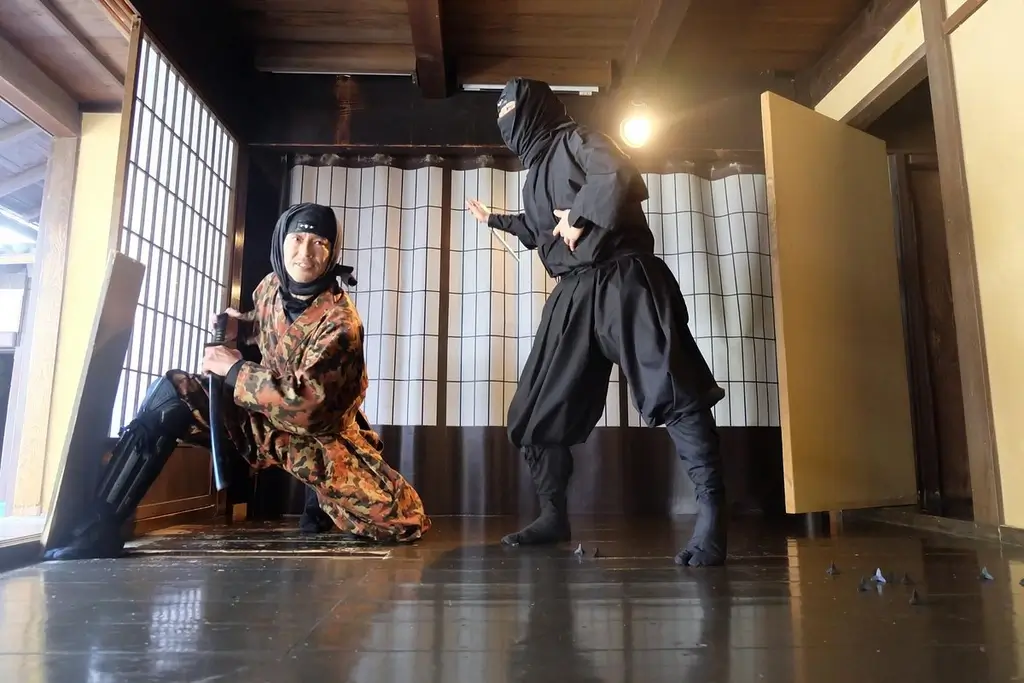
Mie Prefecture’s ninja history is on display at the Iga-Ryu Ninja Museum, located in Iga. The museum features tools, weapons, and clothing ninjas use and even offers live demonstrations of ninja skills. A highlight is the ninja house, which has hidden doors and trapdoors that illustrate the clever designs that enabled ninjas to evade enemies. The museum is only a short walk from Uenoshi Station. After visiting the museum, travelers can explore the nearby Iga Ueno Castle, which offers an even deeper dive into the region’s history.
Why should I visit Mie Prefecture?
People visit Mie Prefecture because of its mix of education, spiritual significance, history, cultural heritage, and modern attractions. Its sites are not only numerous and highly significant but also varied. Casual visitors can easily share the path with devoted pilgrims, which adds authenticity to the experience. The attractions in Mie have also chosen a decidedly hands-on approach to education.
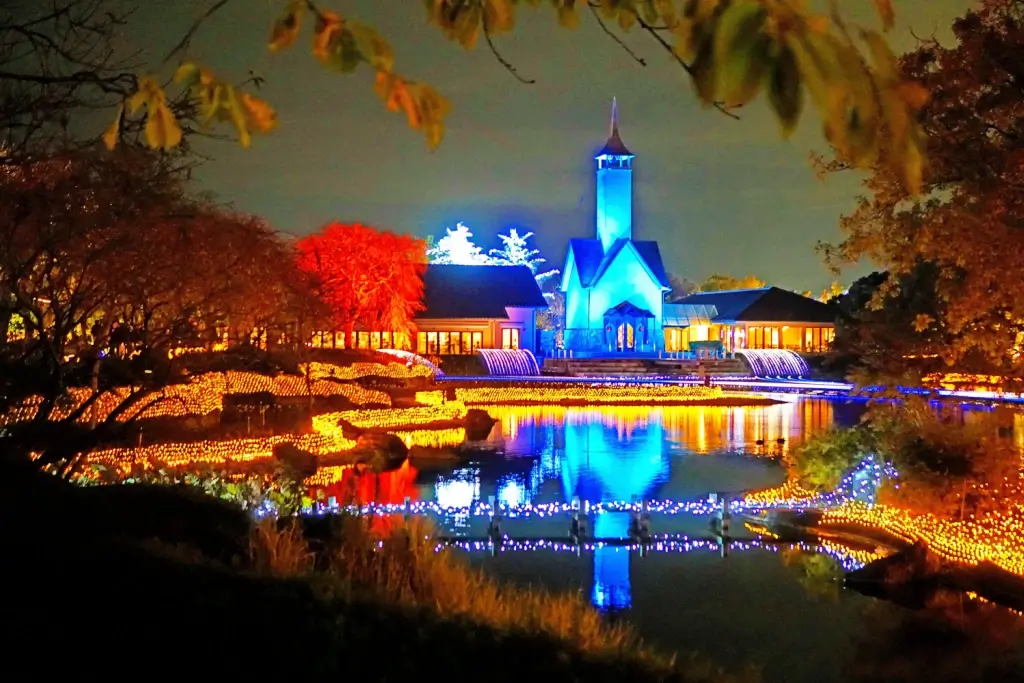
This allows guests to participate in hands-on learning, whether the topic is sustainable farming or Japan’s legendary warriors. Whether exploring sacred sites, culinary landmarks, or historical museums, Mie Prefecture is a unique destination that links Japan’s past and present. Comment below and share which attraction you’re most excited to visit!

Discover authentic flavors with Sakuraco
Get Sakuraco 

Discover authentic flavors with Sakuraco
Get Sakuraco 
Related Articles
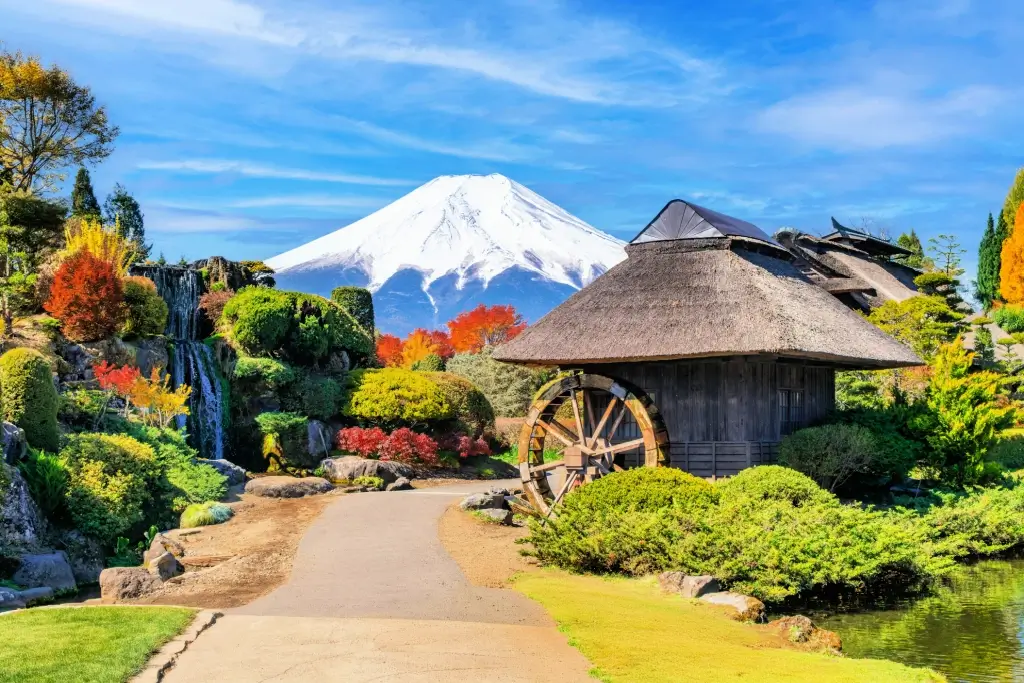
Best Time to Visit Japan: Nine Great Regions!
Japan is famous for its numerous beautiful natural landscapes and its ancient cultural traditions, which are still preserved today. Is now the best time to visit Japan? Let’s explore the nine regions of this nation and what makes each unique.
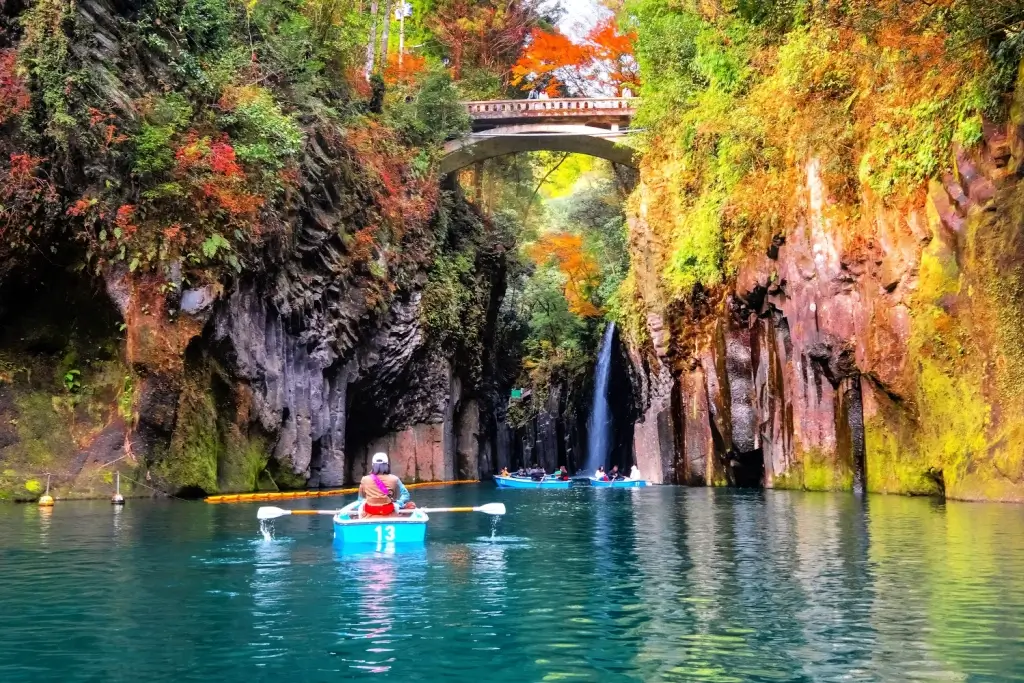
Kyushu Region: The Subtropical Island of Japan!
The Kyushu region in southern Japan offers natural beauty, rich history, and culinary delights. Comprising seven prefectures, Kyushu is full of attractions, from cities and volcanoes to hot springs and local food.

Kumamoto Food: Five Great Dishes to Try!
Whether exploring Kumamoto Castle or soaking in hot springs, sampling this prefecture’s signature dishes is essential to the experience!
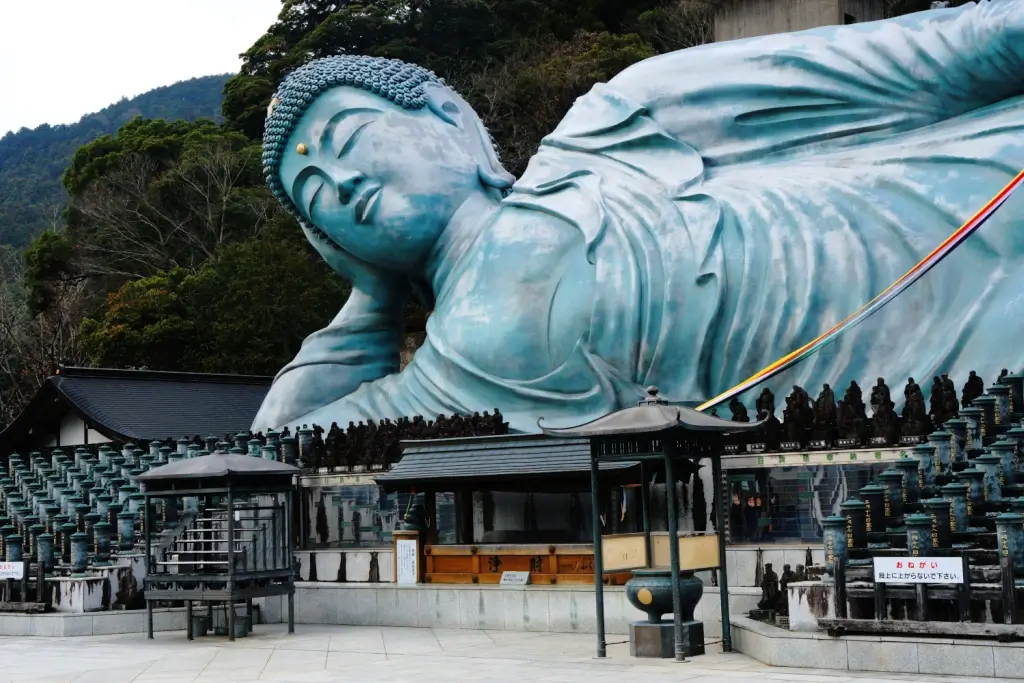
Fukuoka Travel: Enjoy Shopping and Sightseeing!
As one of Japan’s oldest and most culturally significant cities, Fukuoka must be on your following Japanese itinerary!



